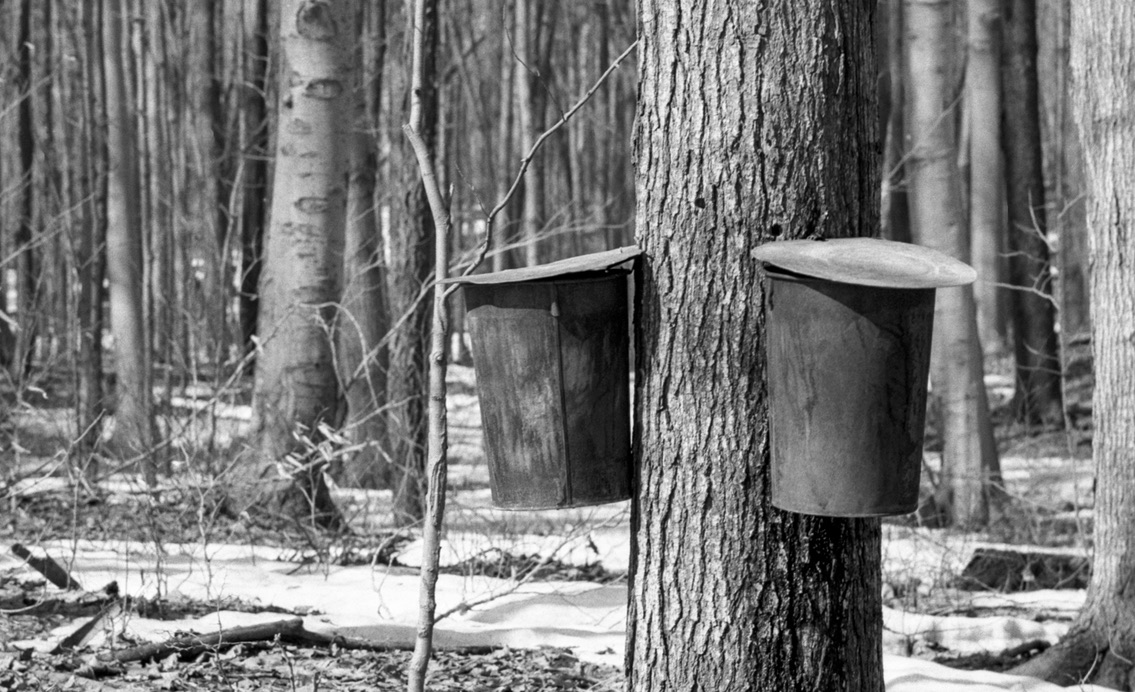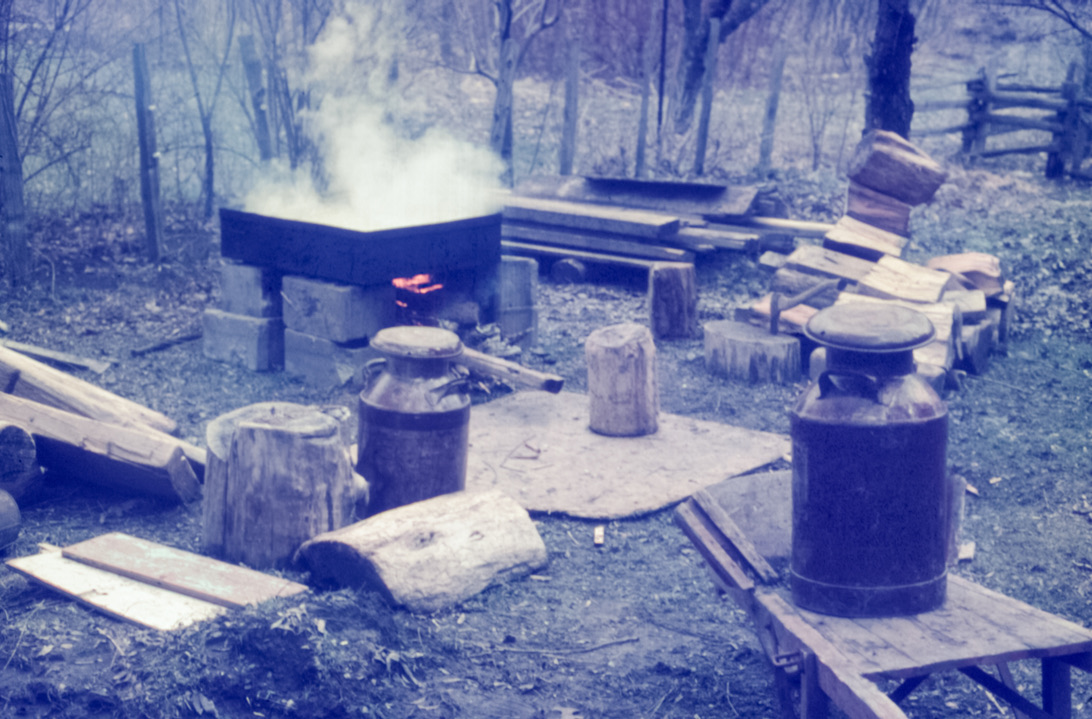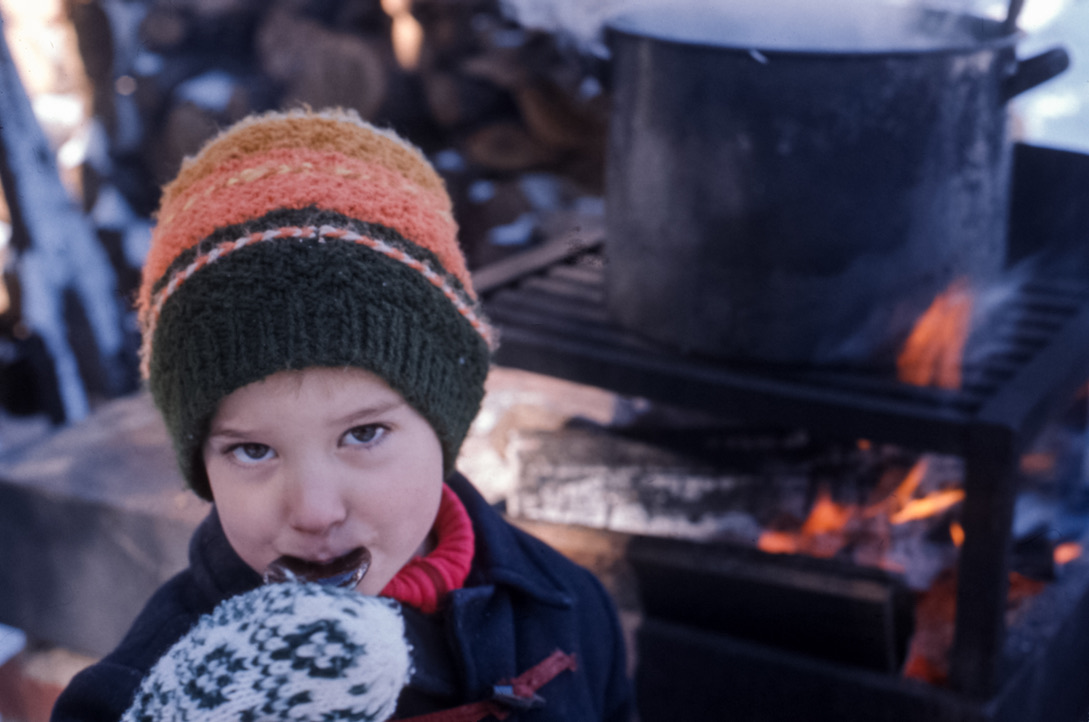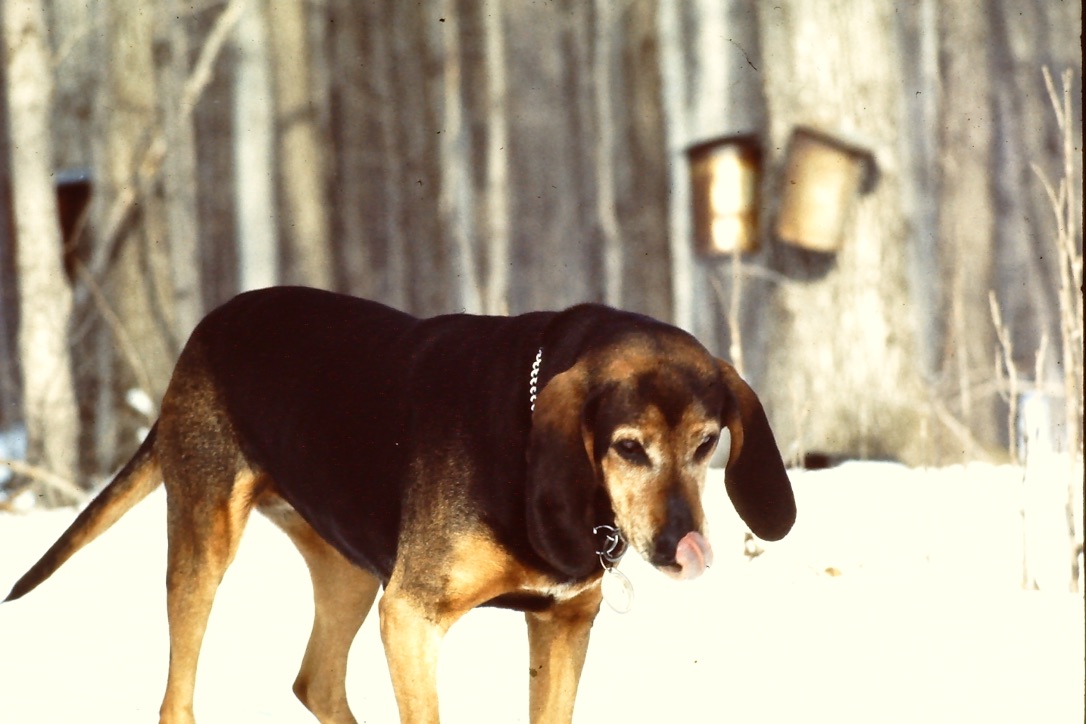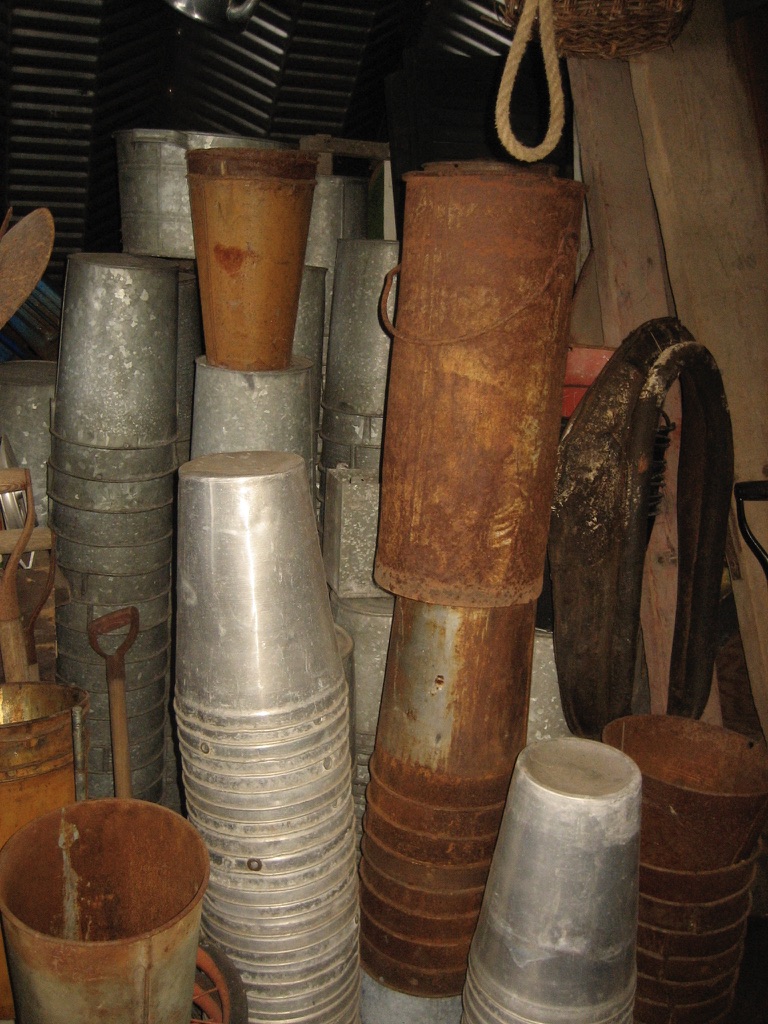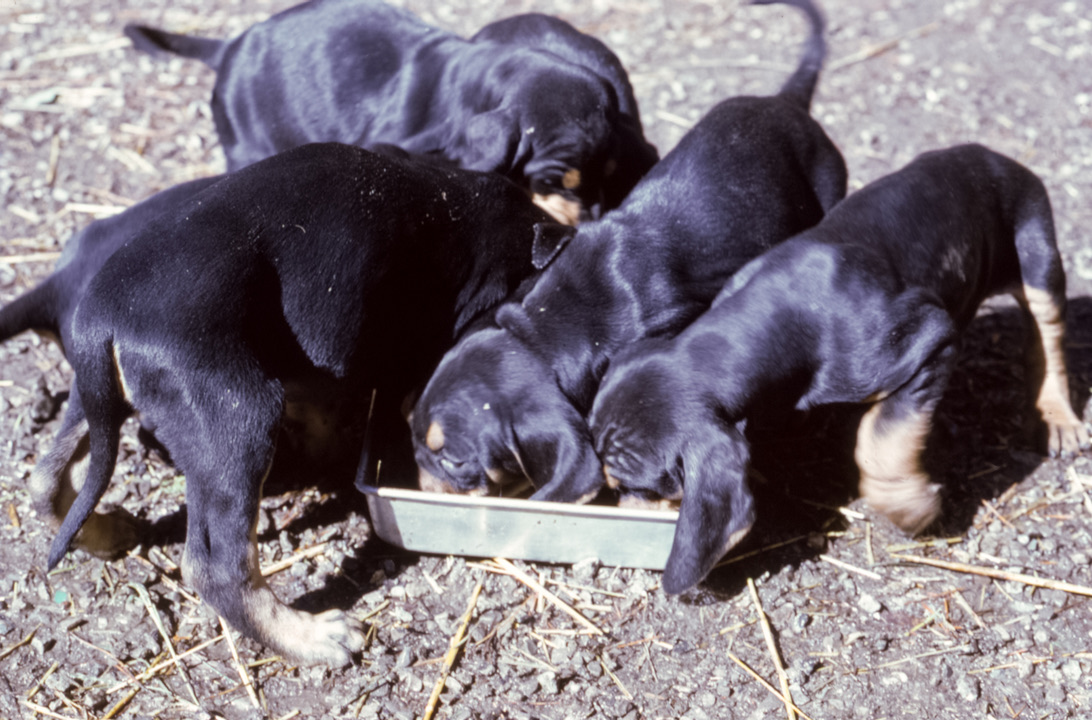Begin forwarded message:
From: ALAN SKEOCH <alan.skeoch@rogers.com>Subject: EPISODE 266 MAPLE SYRUP TIME PART TWO: GOOD TIMES AND PROLEMSDate: February 27, 2021 at 12:48:49 PM ESTTo: Alan Skeoch <alan.skeoch@rogers.com>, Marjorie Skeoch <marjorieskeoch@gmail.com>, John Wardle <john.t.wardle@gmail.com>
EPISODE 266 MAPLE SYRUP TIME : PART TWO: GOOD TIMES AND PROBLEMSalan skeochFeb 2021Just having something constructive to do on March week ends was exhilarating. We were all outand about…whole family and Tara the Coonhound. The maple trees were at work…drip, drip, drip…pails filling but no overflows because I was able to get to the bush on week days just as duskwas settling. Alone on weekdays. Communicating with nature. Lugging the milk cans of sapfrom the bush to my truck. No easy task as 10 to 15 gallons of sap was heavy going. Especially asthe snow melted and the sleigh system was useless.Lugging the sap back to Mississauga where our outdoor boiling side was located. Our citylot is 400 feet deep with Mary Fix Creek meandering along the eastern edge. At one time thisarea was held by the Mississauga First Nations before they moved (or were forced to move) tothe New Credit reserve near Brantford. Lots of space here for converting sap to syrup.Or so we thought.THE FINISHING SITE: SAP TO SYRUPThe sap boiling system.1) Set up the sap pan high over the fire pit.2) Find a large supply of firewood.3) Get a fire going4) Pour in the sap5) Place a nice comfortable chair near the fire for warmth6) Keep a close eye lest too much evaporation occur andthe sap turns into burnt toffee at the bottom of the pan.7) Check regularly with the Maple Syrup thermometer….8) Clean the Crown sealers.Finding a large source of free firewood was not difficult. Each spring back in the1970’s huge piles of lumber would float down the Humber River, out into Lake Ontariothen back to Sunnyside Beach where the lumber was eventually cleared bythe Toronto City Parks people. Where this bonanza originated I never knew I got to thebeach before the city work crews. Loaded the truck with 2 x 6 and 2 x 4 and even 2 x 12 planks…some with nails but most of them nail free. Piles of them. Also 4 x4 and 6 x 6 timbers…and lumps ofmaple, oak and pine that had been dumped upriver somewhere. Enough lumber came downthe Humber each spring to boil my sap to syrup. Smoky of course because water soakedwood churns out one hell of a lot of water vapour. Which led to a problem as neighbourlytolerance of my fire pit led to problems. For the first year or two there was no problem untila neighbour with severe Athsma moved in two lots north of us. As it turned out the smokefrom my fire angled right to their back door. I never noticed. Smoke is smoke. Here now,gone tomorrow.I loved sitting beside my fire pit on those cool March evenings…right up to 11pm. andbed time. Safe fire, lots of space free of flammable materials. I could leave the fireburning as long as the supply of sap was ready to refill the pan..Neighbours thought we were a bit eccentric but some of them dropped around to see the sapboiling. Our kids and other kids liked to taste the stuff. Of course some kids and adults were alittle leery.Even Tara, our coonhound, had a fancy for maple sap.About the third year we tapped the maple trees we made an alarming discovery. Most of our sap pails wereillegal. not ever to be used for sap again. Why? Because they were put together with lead solder. Lead isa poison. POISON!Look closely at the sap pails above. Most are old lead soldered pails. A few are modern aluminum sappails. The safe kind.Since we had consumed most of our home made syrup it would be best to tell no one…the way Ifigured. I have one big bottle of our maple syrup at the farm in the fruit cellar. Told no one.Why keep it? I have no idea except it reminds me of those grand March maple sap days.“Dad, do the sap and syrup days have to end?”I wonder if there is some way to slow down the process of human growth so we could keep the boys as children.“Well, boys there are some good reasons we stopped boiling sap into syrup on coolMarch days. Some of the reasons make sense. Some of the reasons made no sense at all.REASONS WHY OUR SAP TO SYRUP PRJECT ENDED.1) Those lead soldered sap pails were unsafe. We could not give the sap away to friends.2) The neighbours had serious athsma and our smoke blew directly into their house.(They mentioned this nicely)3) The labour made no sense. Cheaper to buy maple syrup, far cheaper.4) The City Parks crew got the firewood faster than I could…and the supplybegan to dry up anyway.5) The last season some low life creep parked his truck beside our sap trees…cradled his rifle and shot holes in our sap pails just to watch the sap drain out.6) The boys, Kevin and Andrew, grew older…less interested. Amazing how children grow upso fast. When they are little kids their aging seems slow and then, in the twinkling ofan eye, they are adults.7) And finally, our Coonhound Tara got pregnant and had 11 puppies. Suddenly no onewanted to go to he sugar bush with me any more…including Tara.“Dad, suddenly it’s springtime.”“Alan, why don’t we make apple cider from all the windfalls in the orchard each fall?”“Good idea, no one will ever know those apples were wormy.”“Marjorie and Alan, I have news for you. I am pregnant and will not be running throughthe sugar bush this month.” (said Tara)NEXT STORY: HOW TO GET A COONHOUND PREGNANT…alan skeochFeb. 2021
EPISODE 266 MAPLE SYRUP TIME PART TWO: GOOD TIMES AND PROLEMS





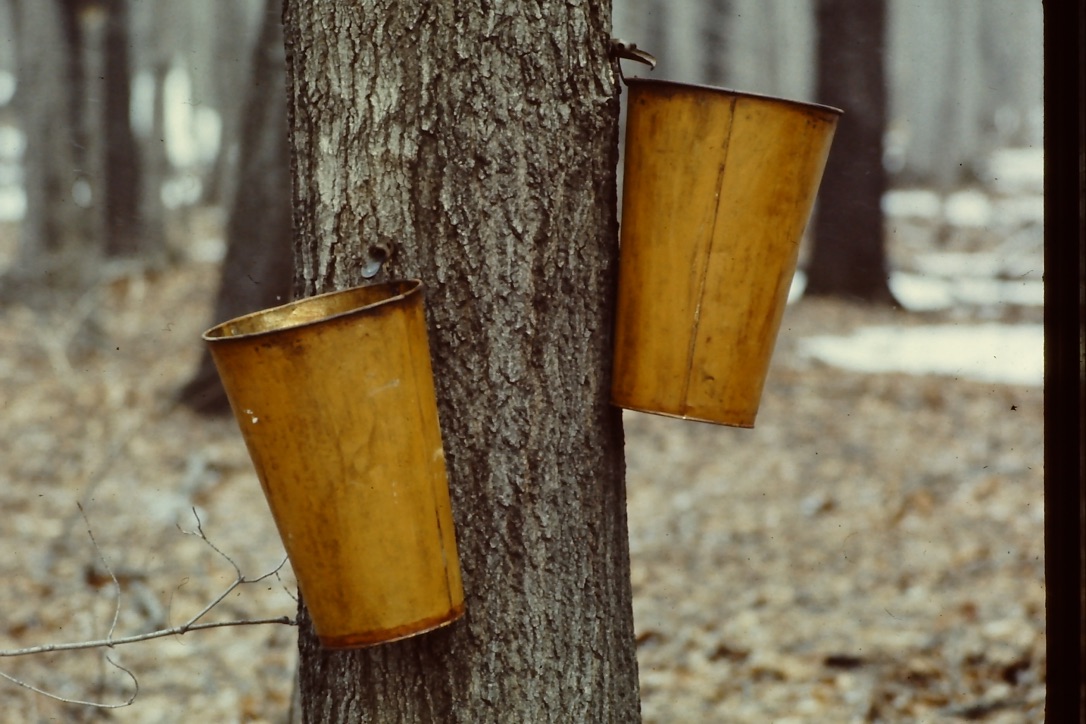
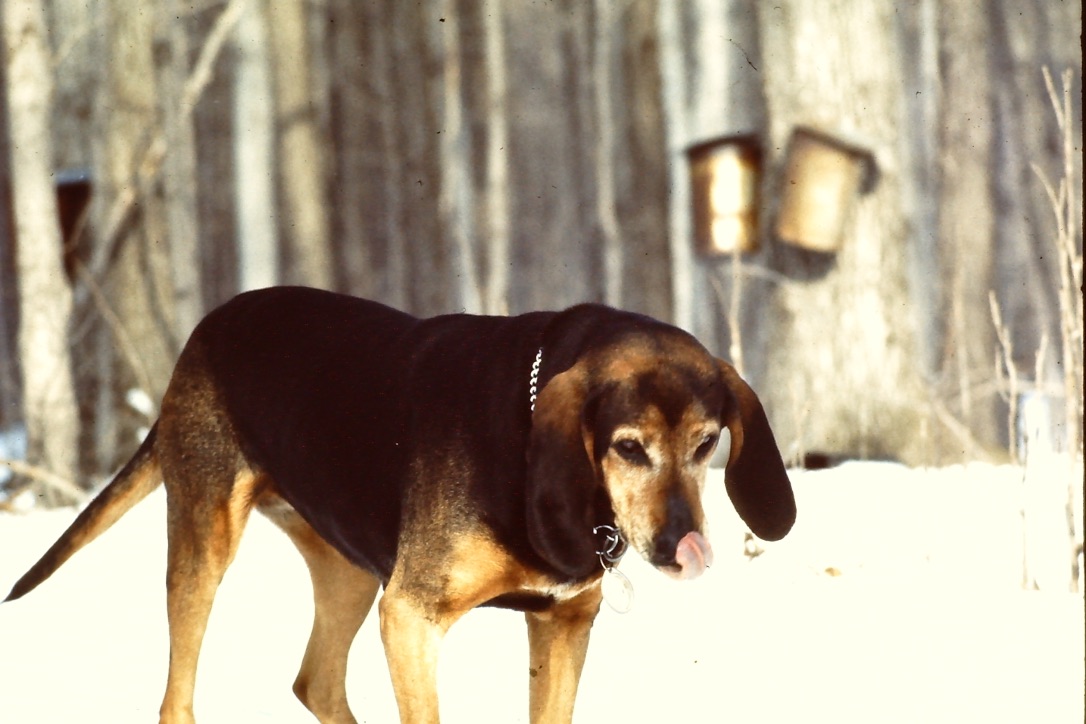

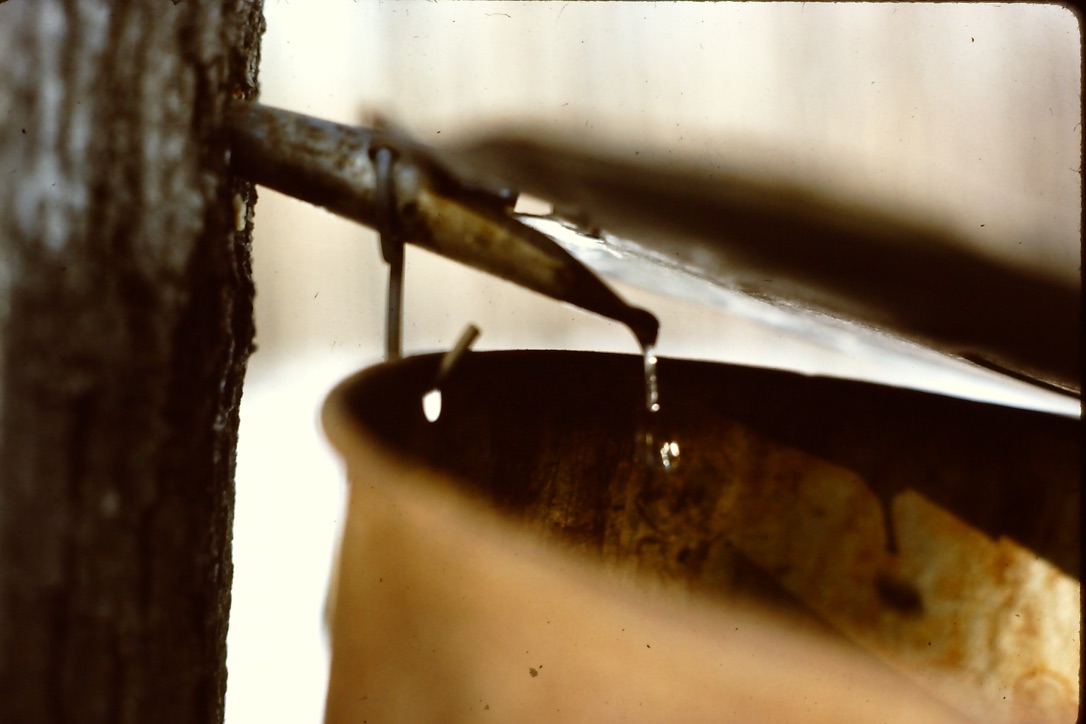
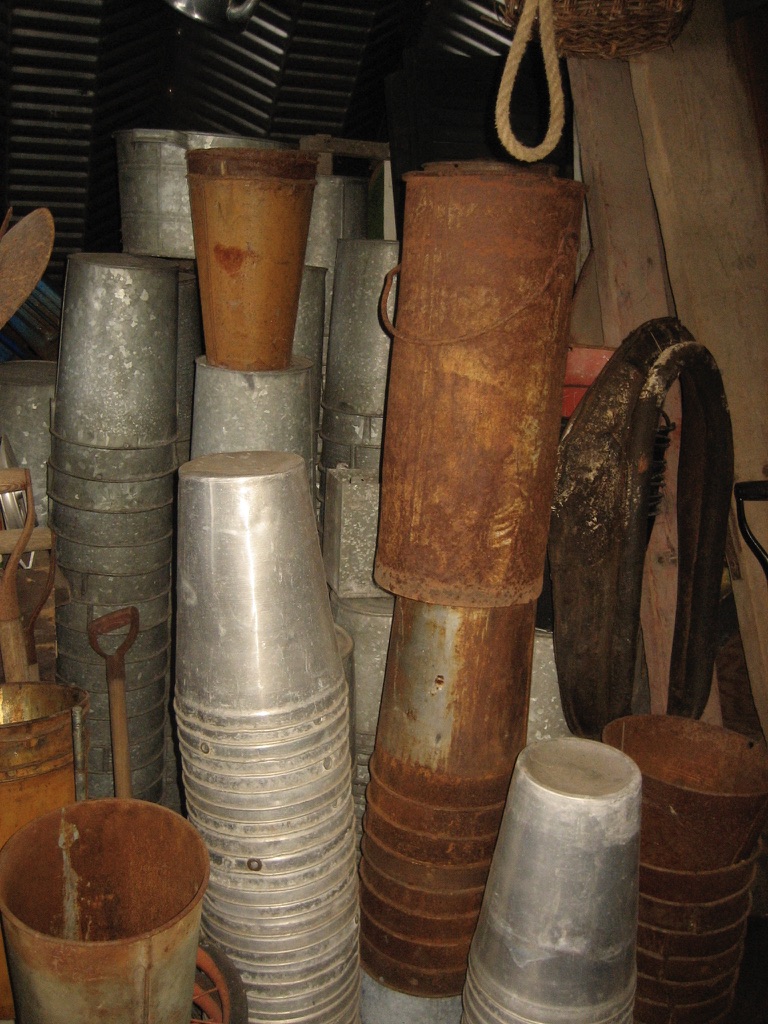




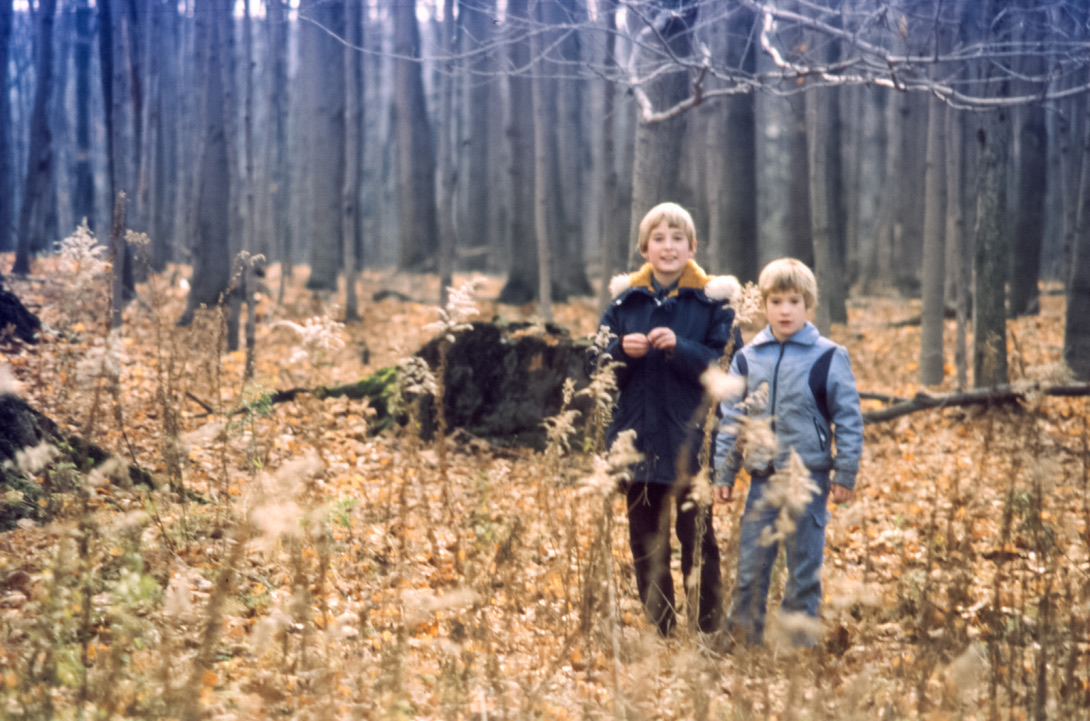
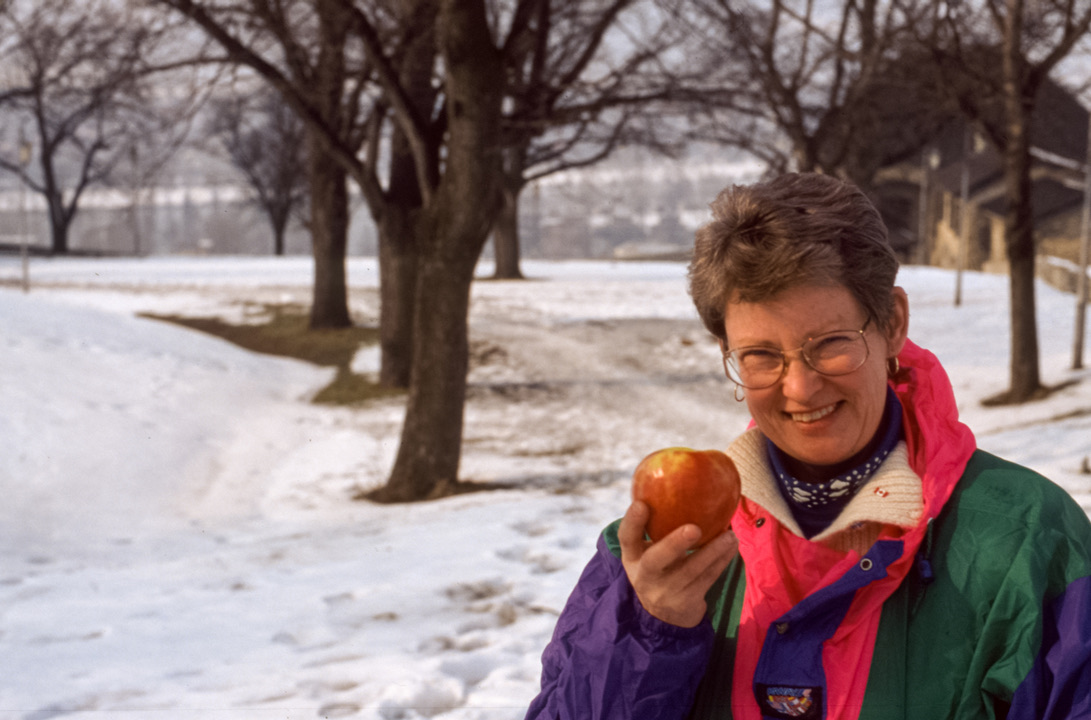

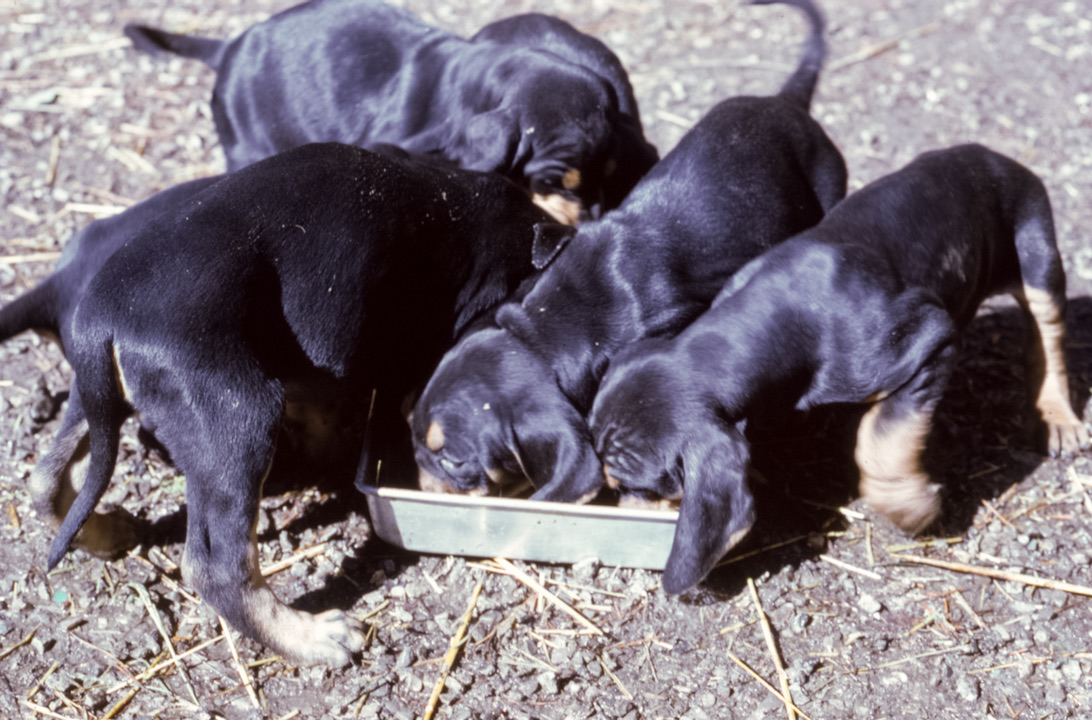
EPISODE 265 MAPLE SYRUP TIME PART ONE: GETTING THE SAP…THE HALCYON DAYS


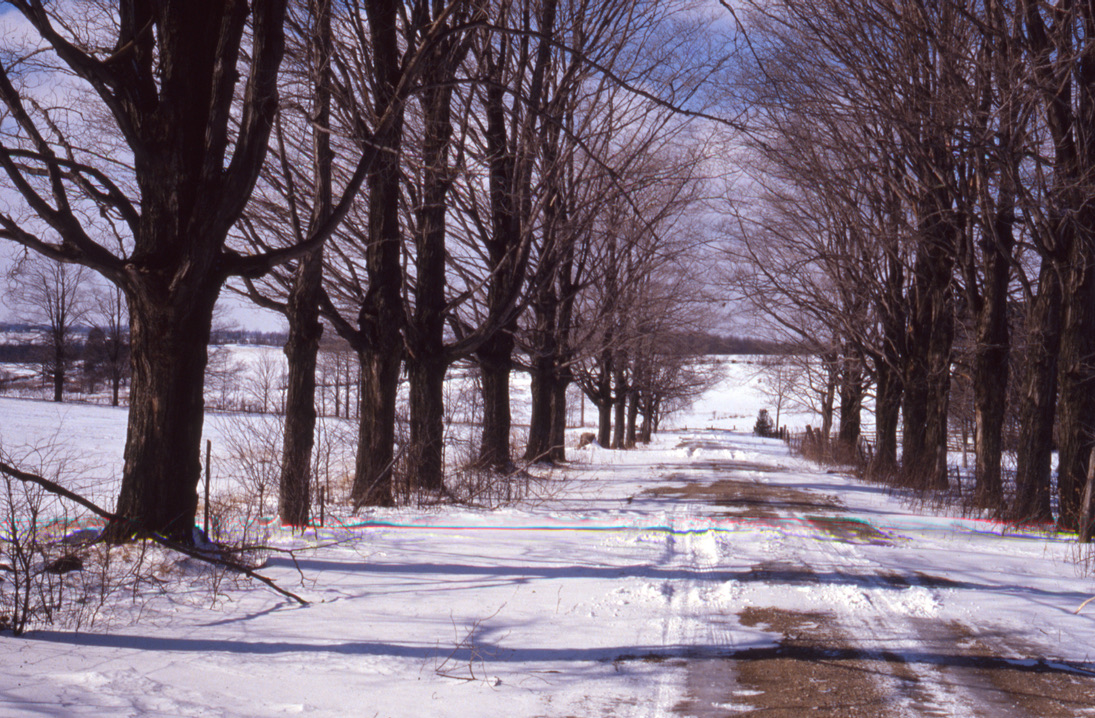



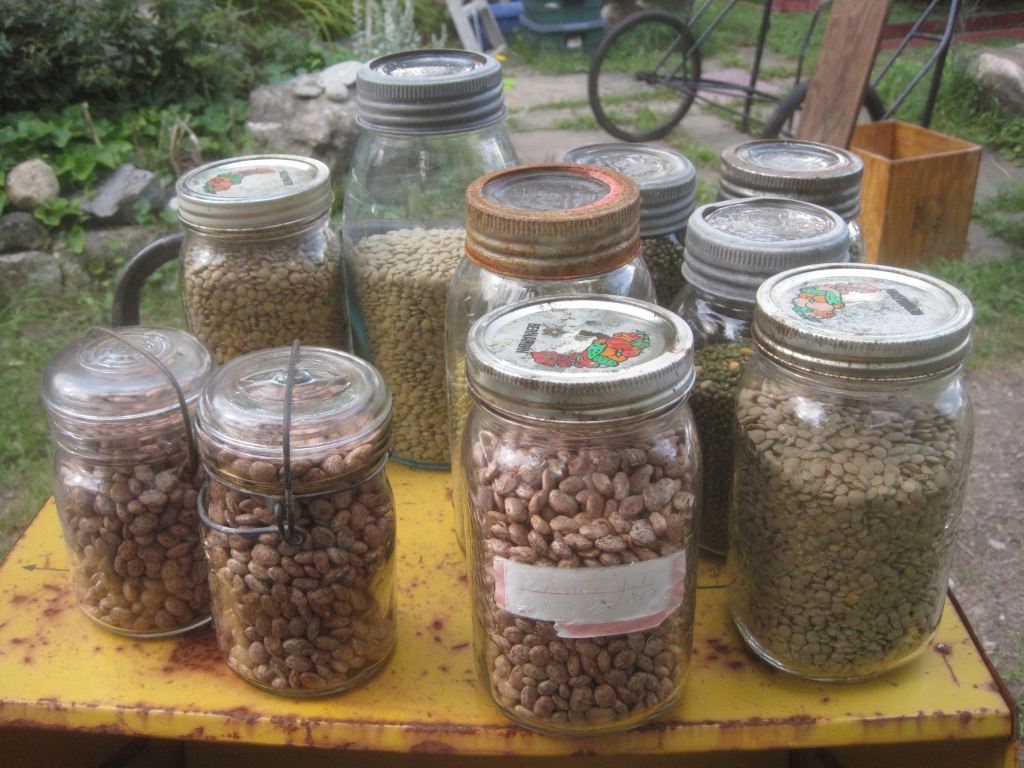
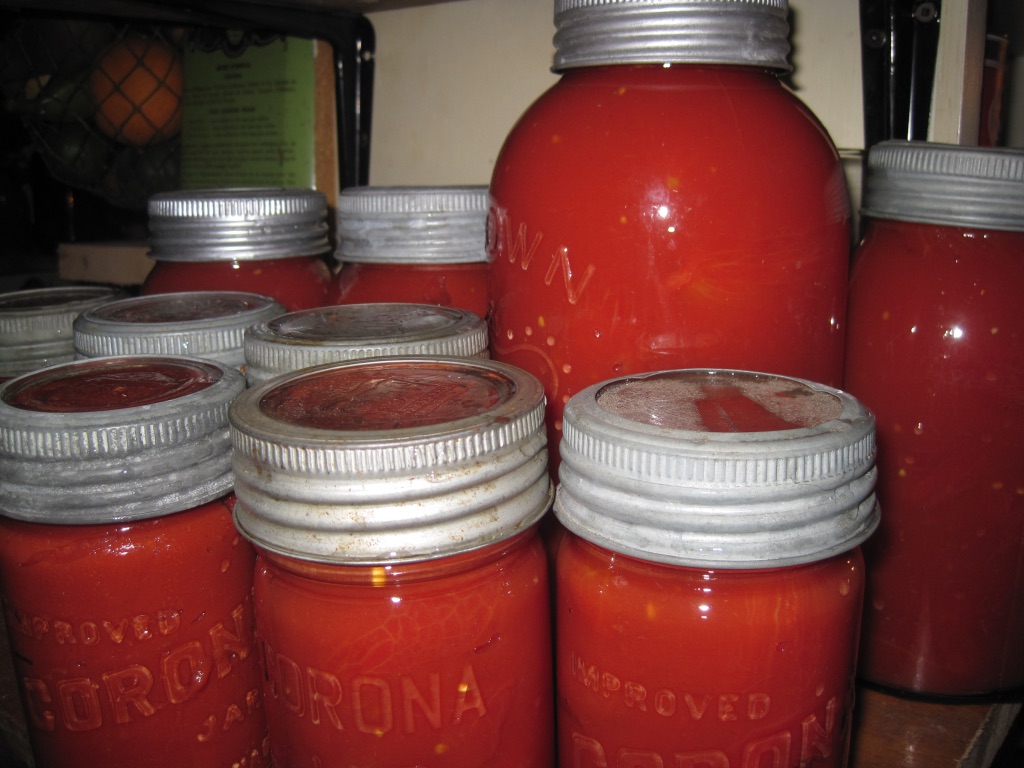

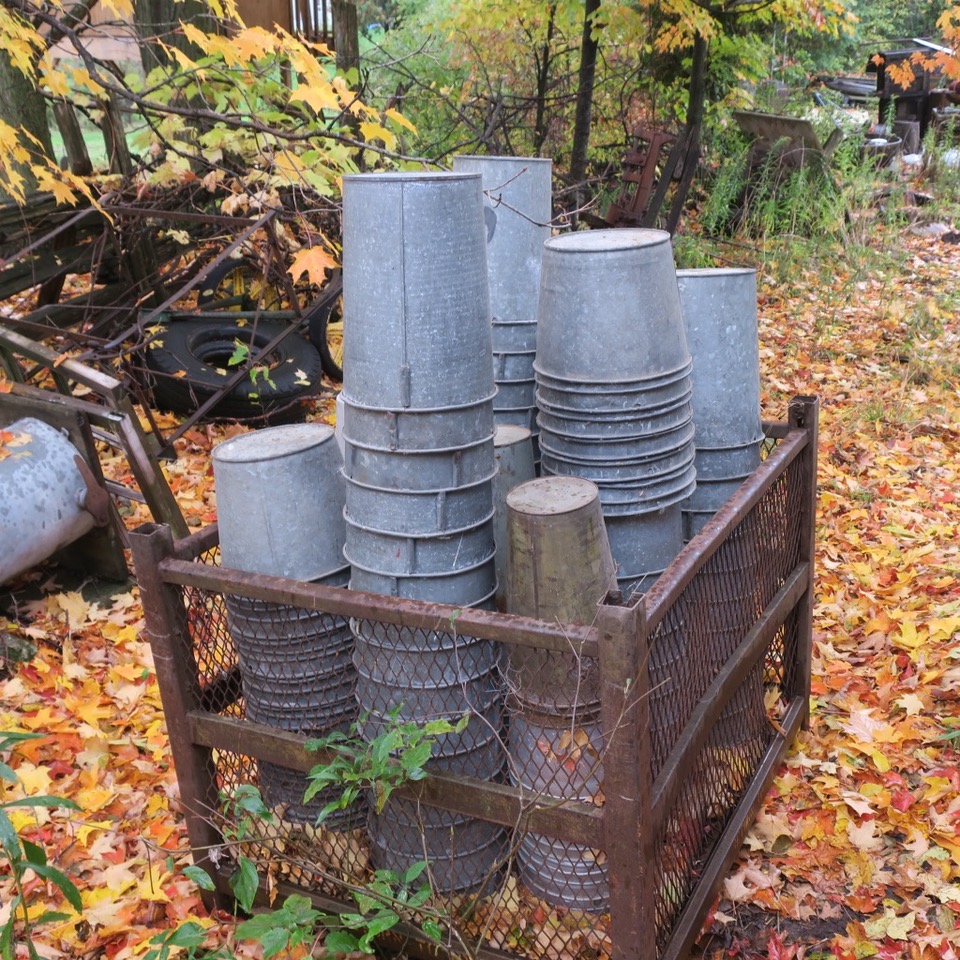




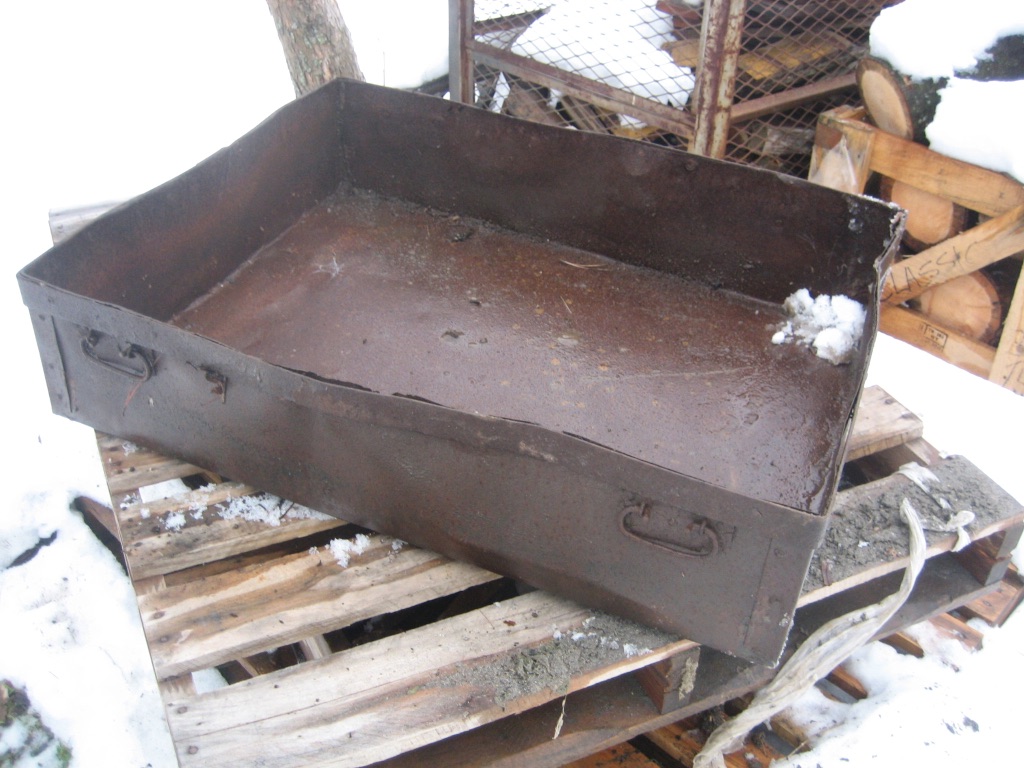

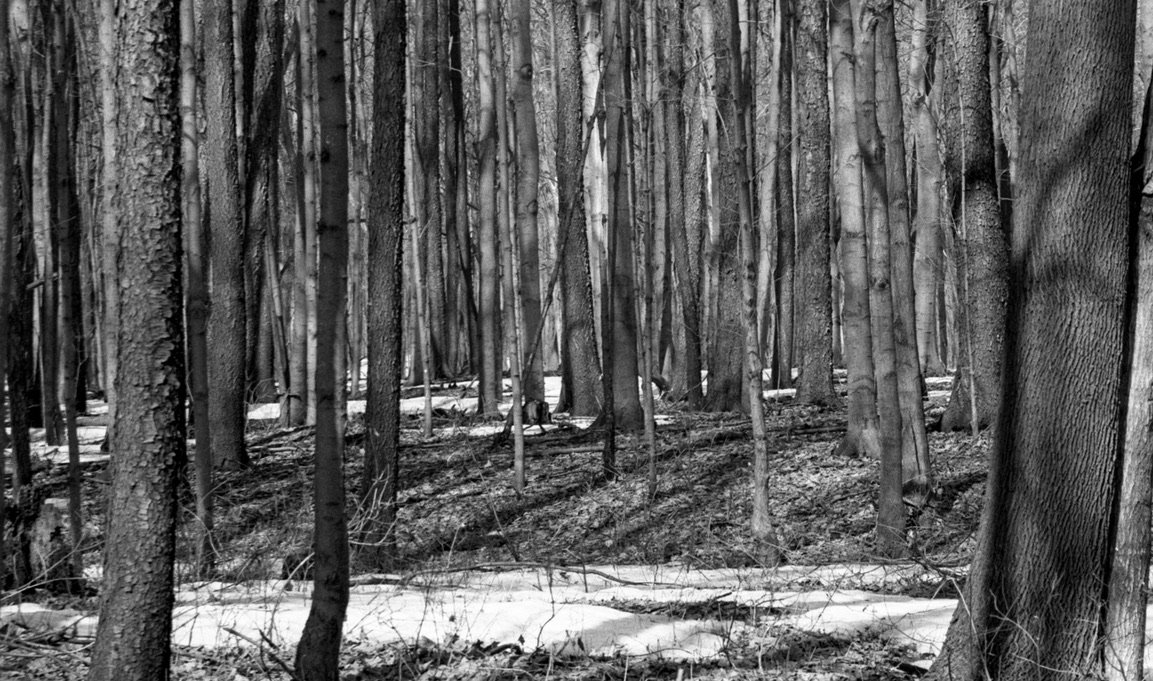

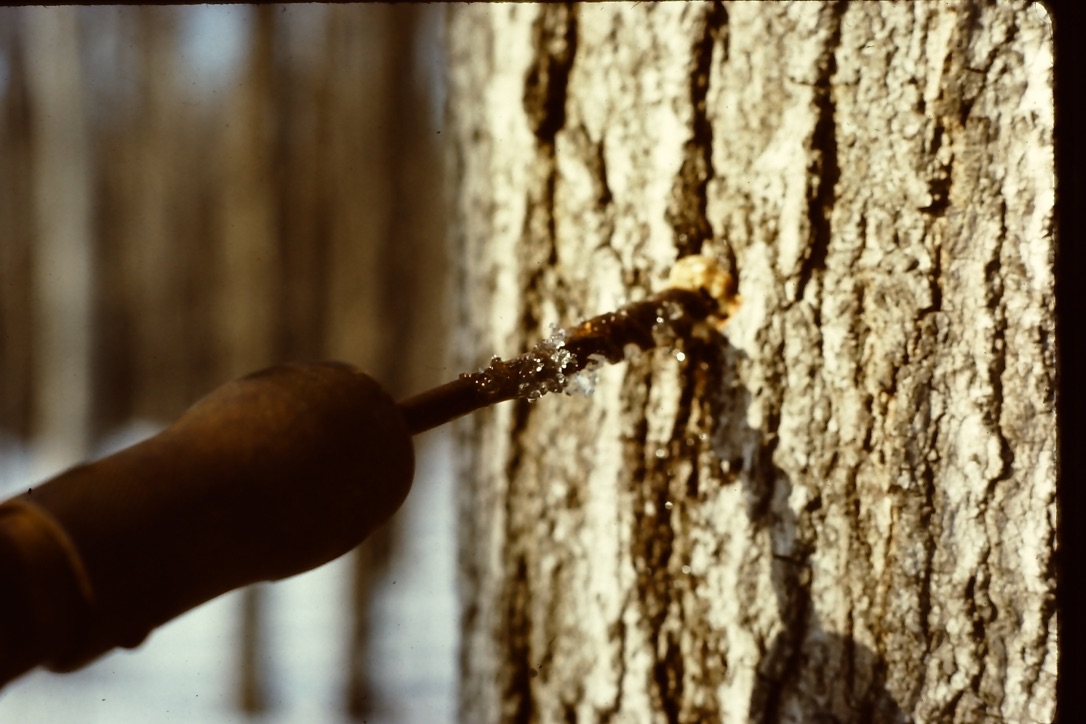
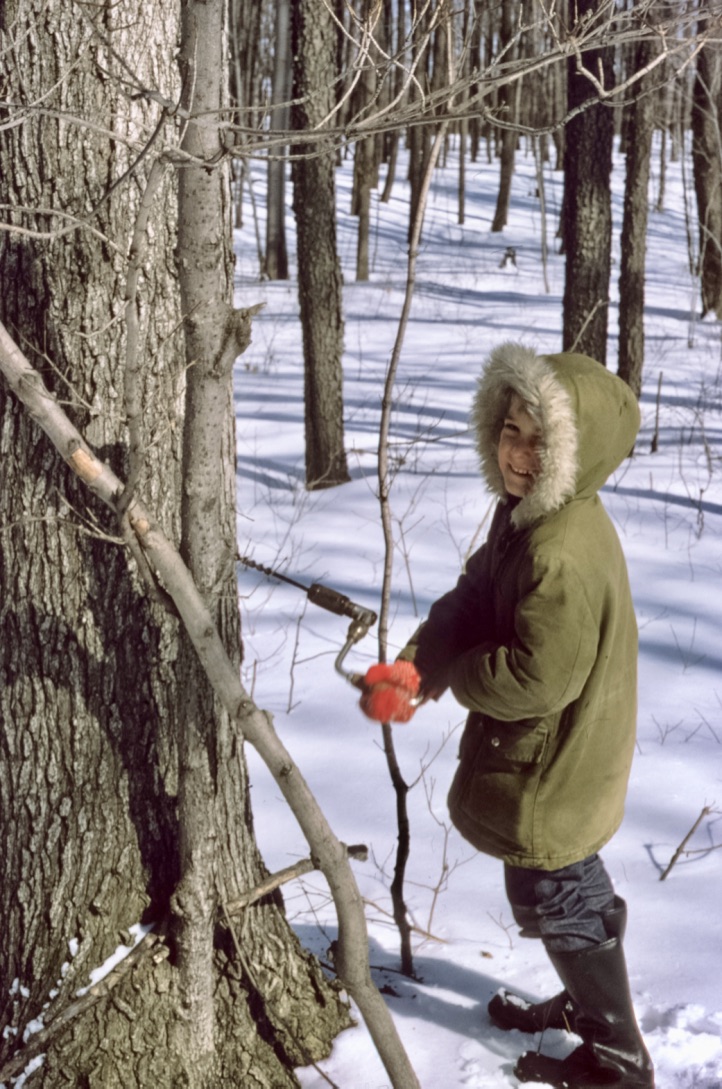
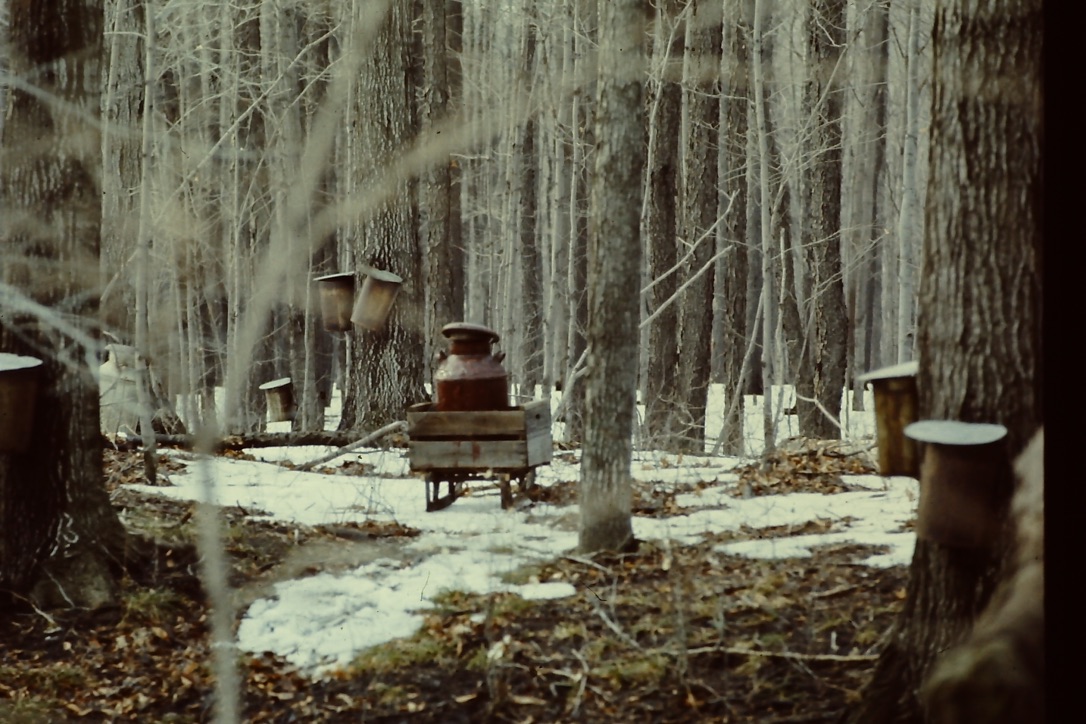

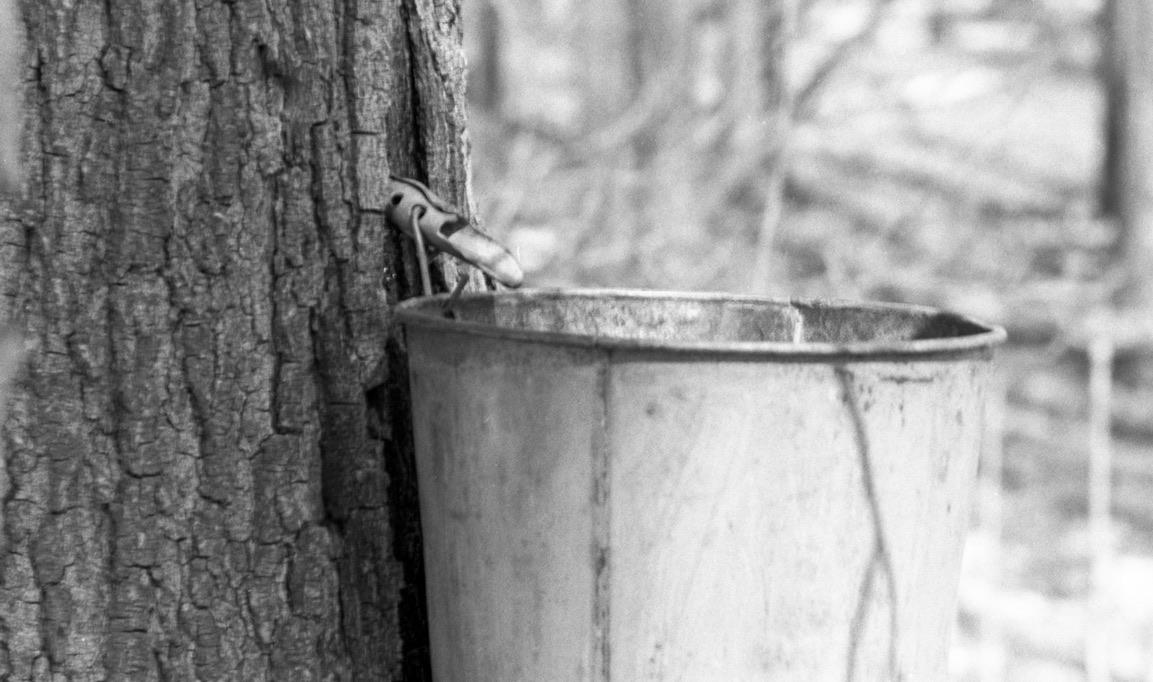


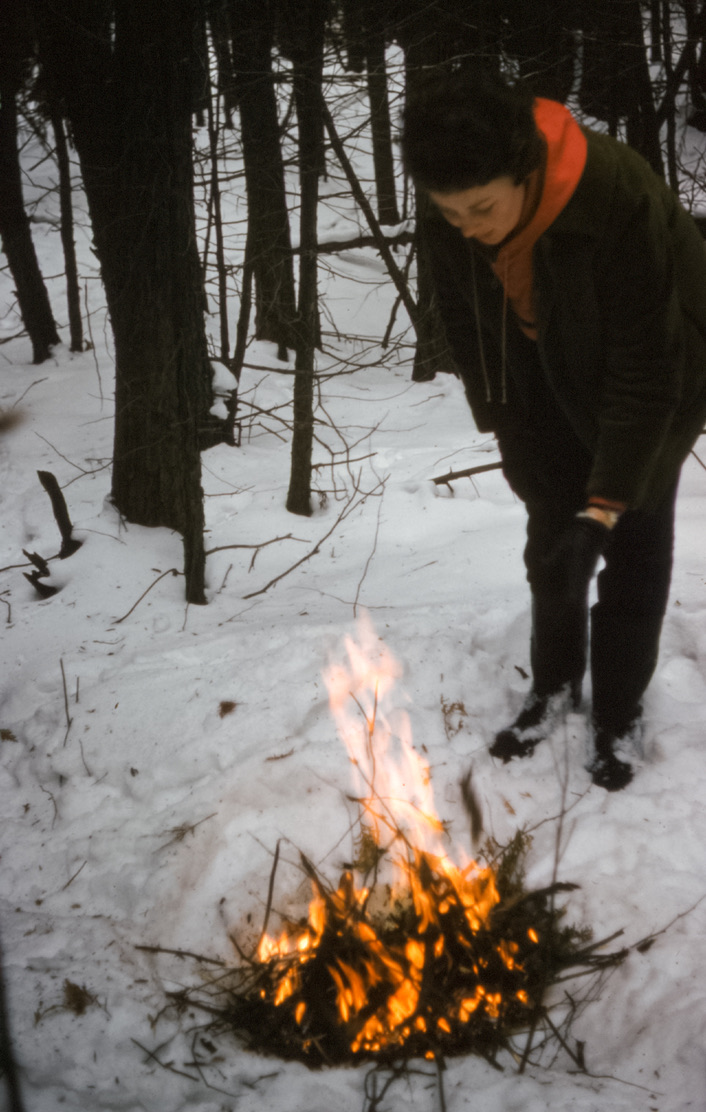


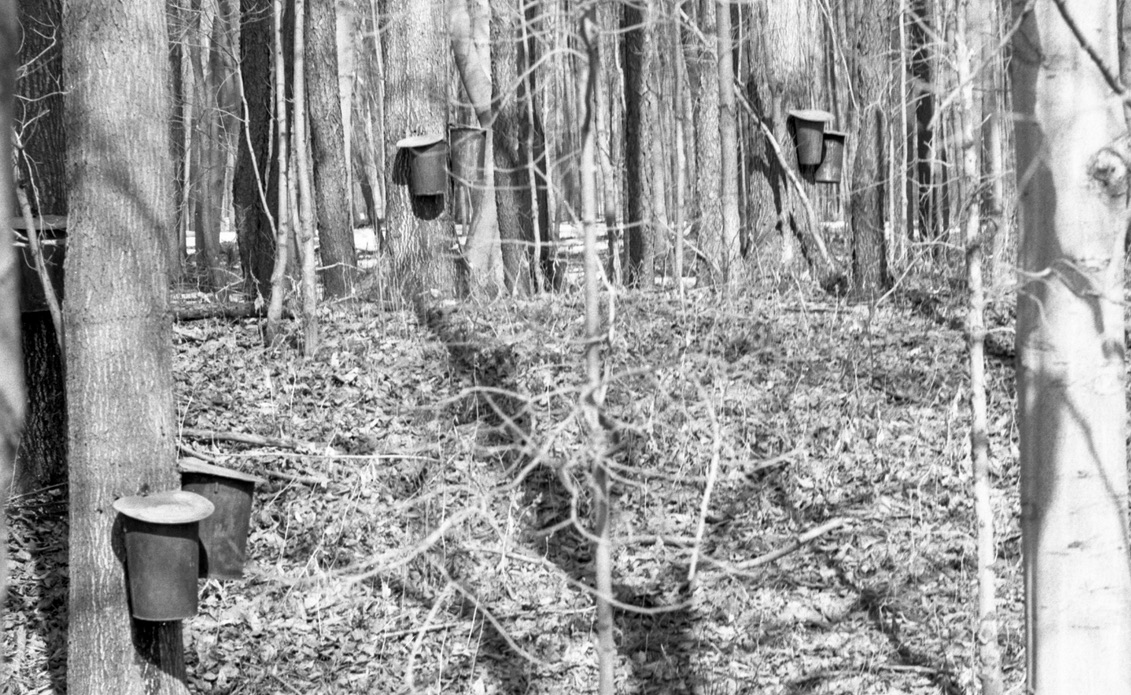
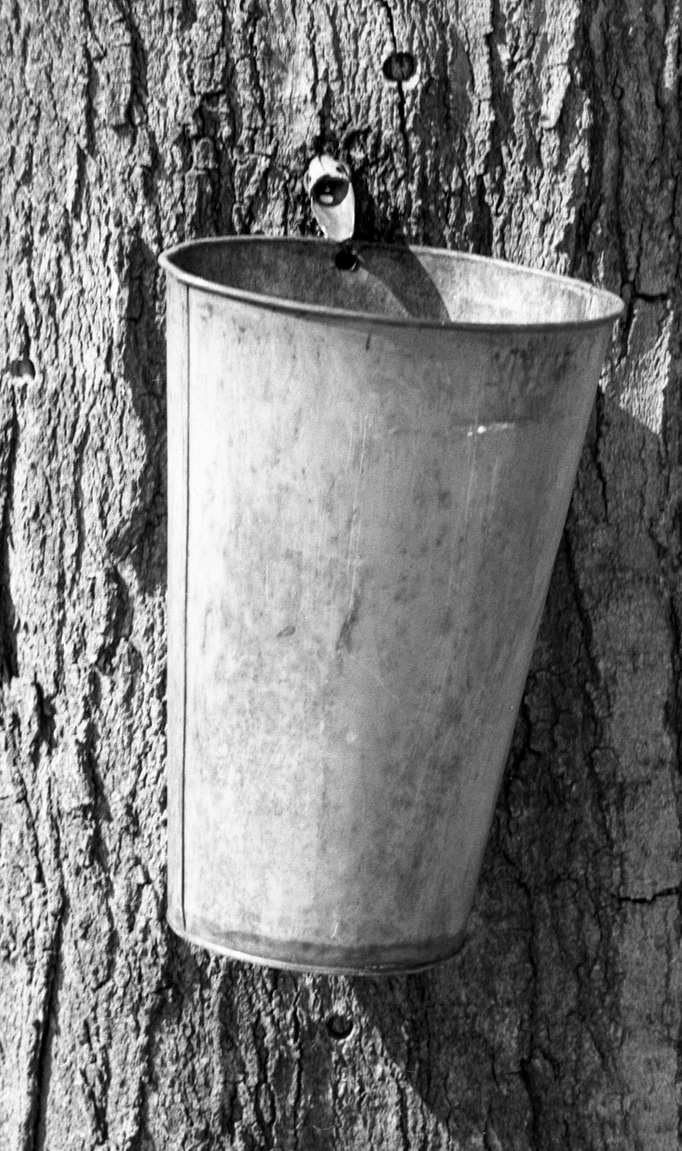

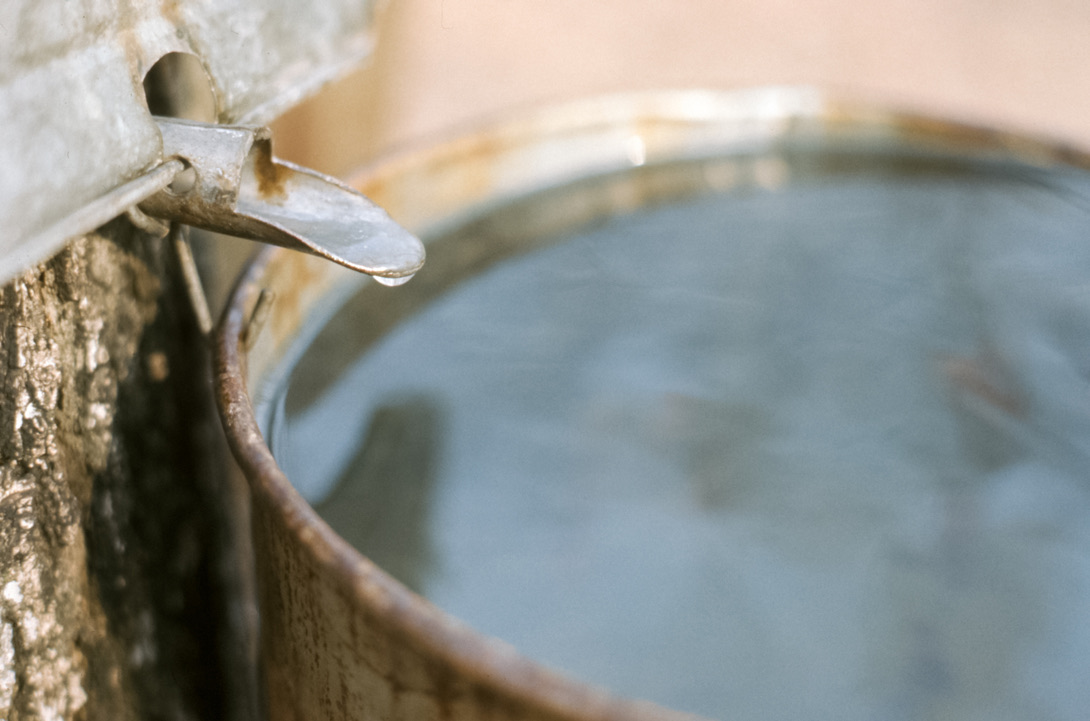


EPISODE 265 NOBODY WORKS HERE ANY MORE
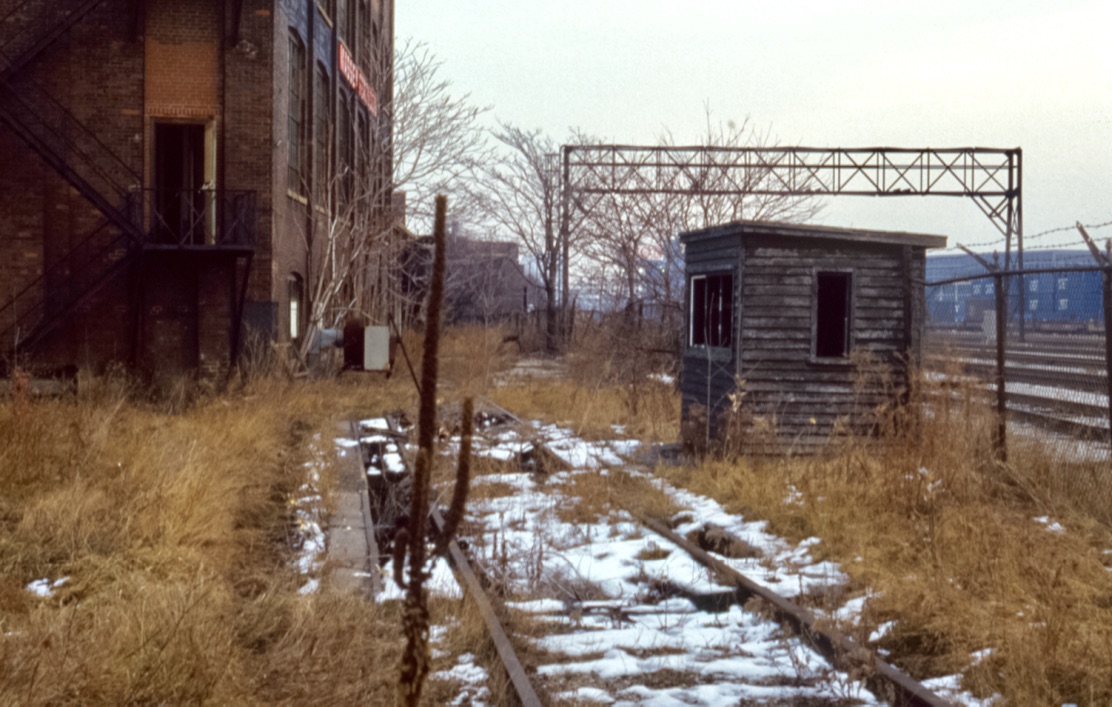
EPISODE 264 When we could skate down the nth line
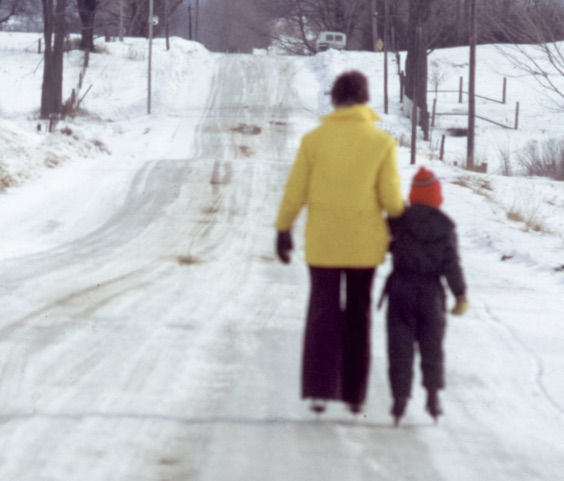
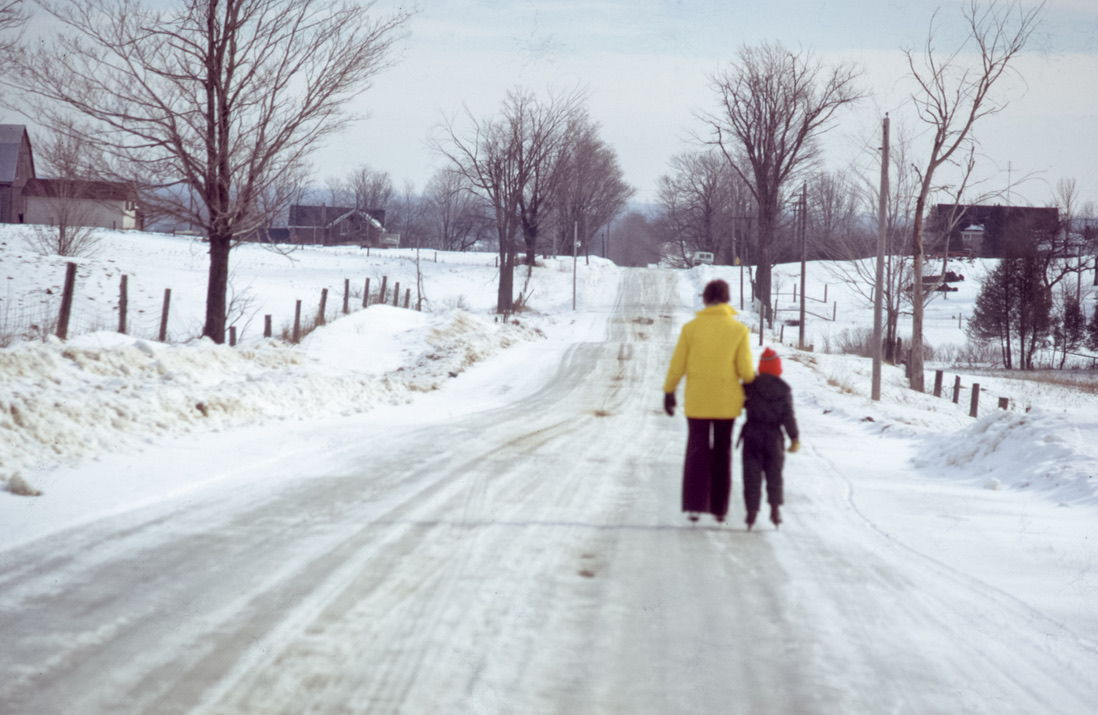
EPIDOSE 263 SAWYER INVITING DISASTER.
EPISODE 262 THE YEAR 1956: WHEN WE WERE YOUNG AND OWNED THE WORLD AROUND US

EPISODE 261 HIGH GRADING…THE ART OF STEALING RAW GOLD AND SILVER (A ROCK FELL ON THE MOON)


“I met this fellow by the name of Jack Atkinson, a detective with the Timmins Police Department, who I dedicate both of my books to, who told me these extraordinary stories about these gold thefts that were happening in Timmins,” explained Vincent in talking about how he came by his passion for documenting high-grading in Timmins.“I thought ‘Where are all the books on this and the magazine articles?’ and he said I don’t think there are any,” recalled Vincent.“I think we can fix that,” Vincent told Atkinson. “So for two years every morning before work I came to the library from 8:30 a.m. to 10 a.m. and researched the stories about the theft of gold in Timmins.Vincent has accumulated 17,000 pages of documentation on gold thefts from examining microfilm of the Porcupine Advance and Timmins Daily Press.“Everybody in Timmins has a story about this and it is Timmins’ biggest secret because anyone you meet on the street will tell you a story about someone they know who high-graded, usually it’s a friend who stole gold, never anybody in their family.”“It was a lot of fun, researching these stories,” noted Vincent, “but it was also very serious because of many people getting hurt.”
“But for the most part it was considered a victimless crime,” he added.
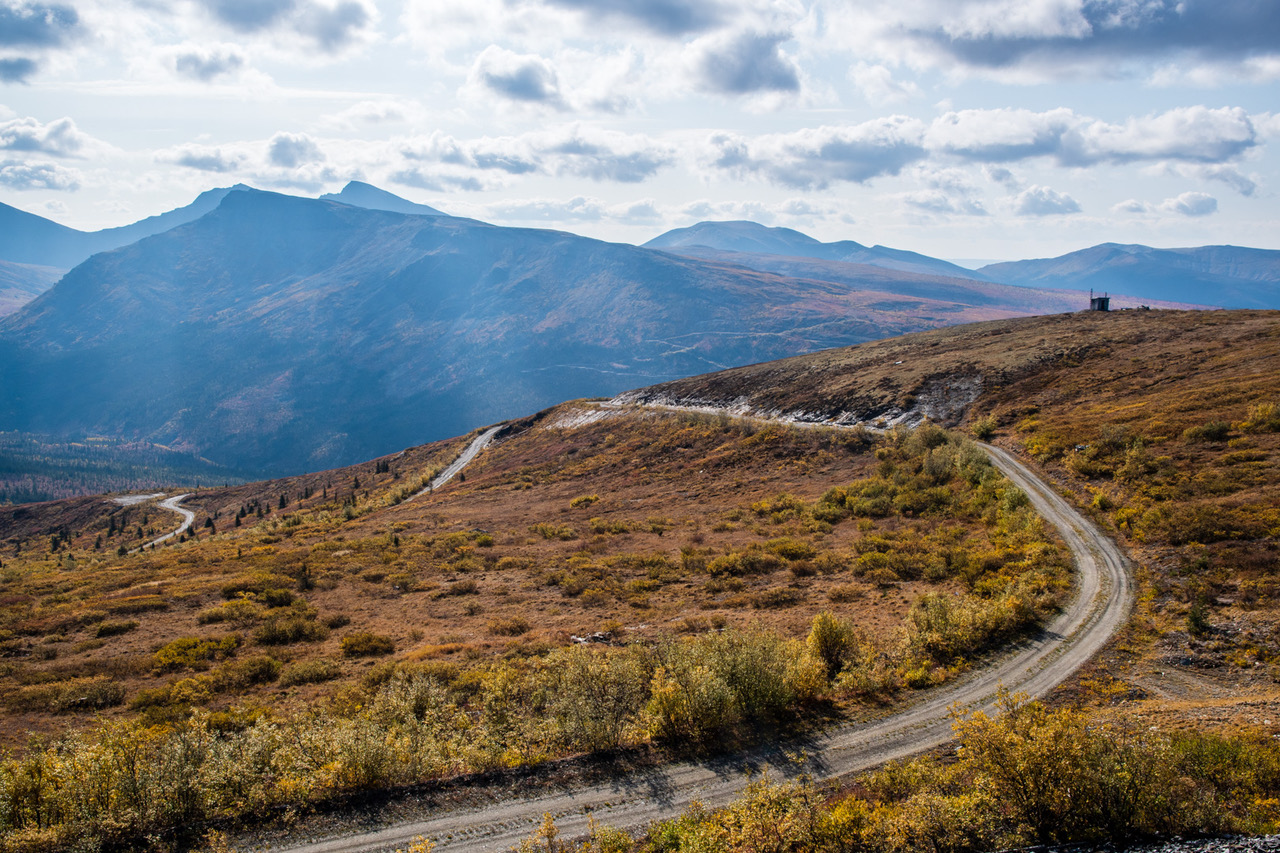
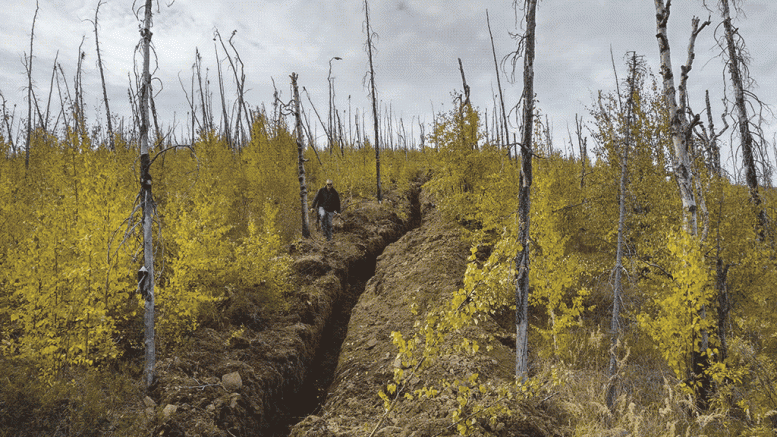

EPISODE 260 YUKON DIARY ANCIENT DEAD FOREST STILL STANDING…WATCHING, WATCHING, WATCING.
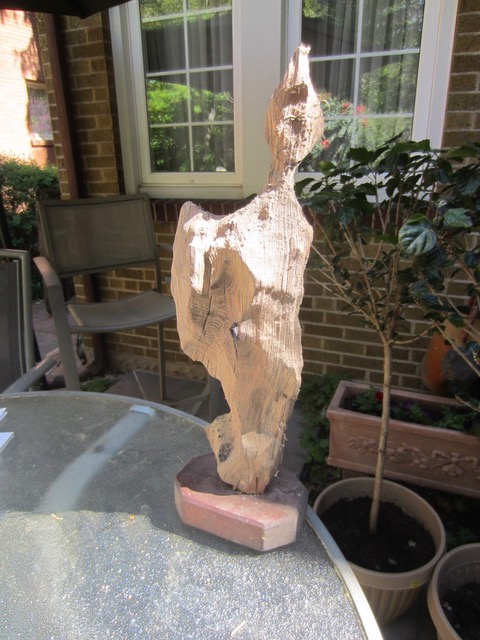
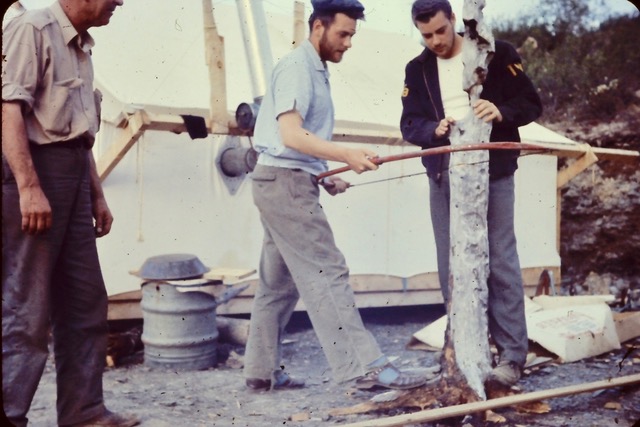

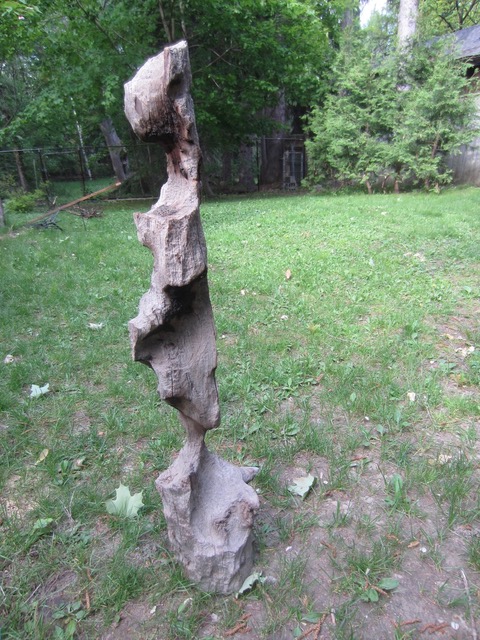
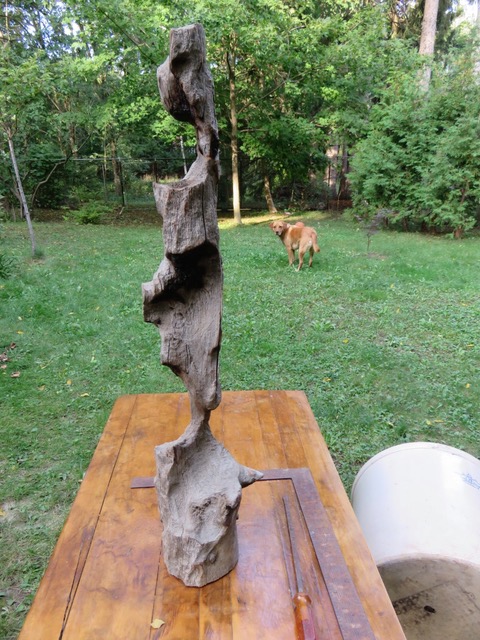
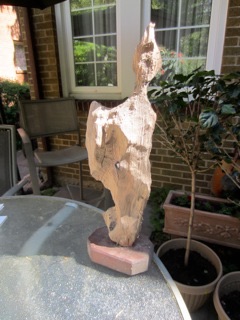
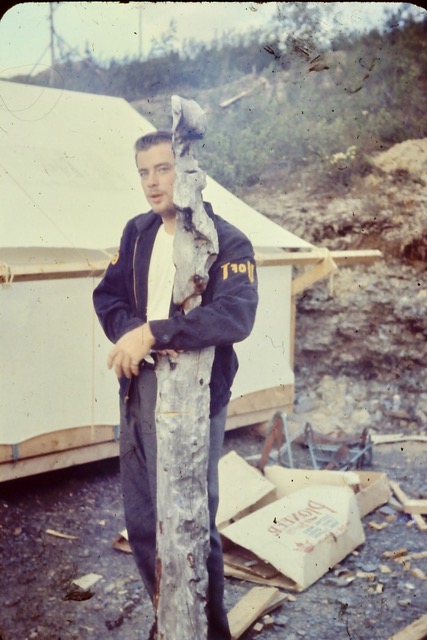
EPISODE 257 YUKON DIARY: “SALTING” A MINE SITE: (A ROCK FELL ON THE MOON)
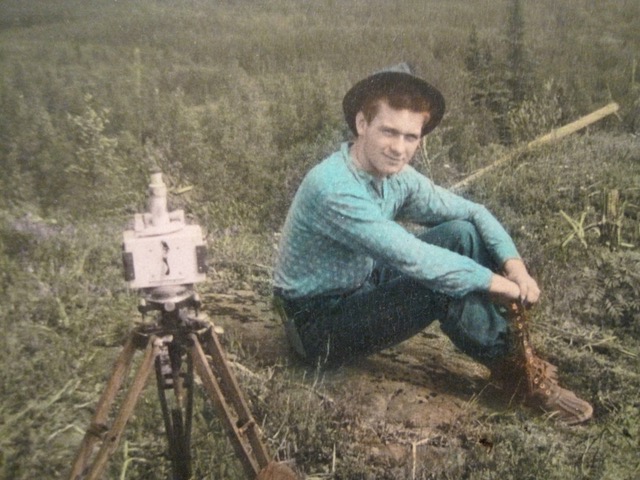
Mark Twain knew miners when he said “A mine is a hole in the ground, owned by a liar.”
Salting A Gold Mine
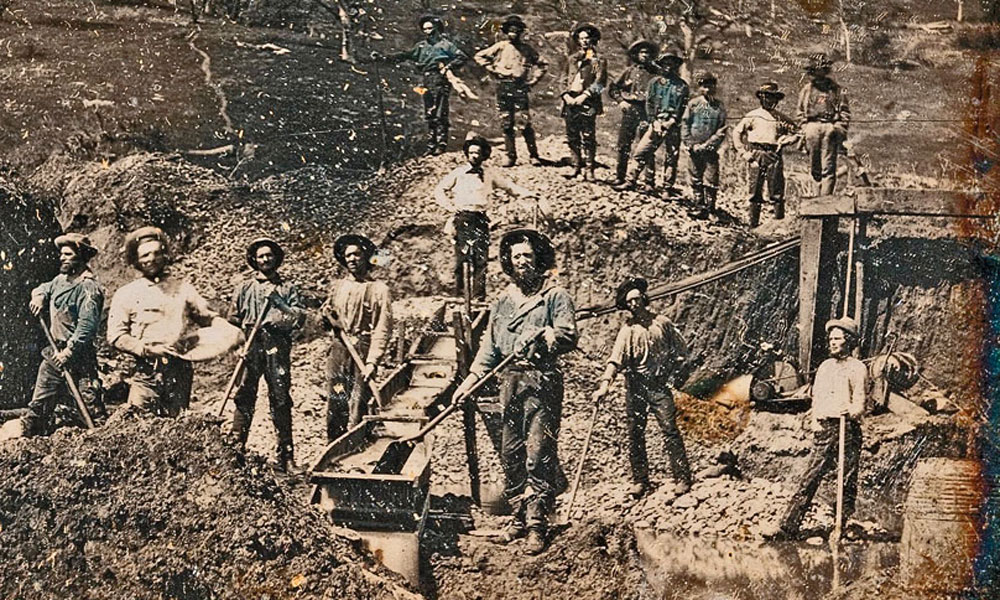 s22658.pcdn.co/wp-content/uploads/2017/01/Daguerreotype-California-Gold-Rush-mining-scene-photographed-by-Robert-Vance-circa-1850-300×180.jpg 300w, s22658.pcdn.co/wp-content/uploads/2017/01/Daguerreotype-California-Gold-Rush-mining-scene-photographed-by-Robert-Vance-circa-1850-768×461.jpg 768w, s22658.pcdn.co/wp-content/uploads/2017/01/Daguerreotype-California-Gold-Rush-mining-scene-photographed-by-Robert-Vance-circa-1850-600×360.jpg 600w” sizes=”(max-width: 1000px) 100vw, 1000px” style=”box-sizing: inherit; margin: 0px auto; padding: 0px; border: 0px; font-family: inherit; font-size: inherit; font-style: inherit; font-variant-caps: inherit; font-stretch: inherit; line-height: inherit; vertical-align: middle; max-width: 100%; display: block;” apple-inline=”yes” id=”7C43BEFF-1A94-4CCA-99AB-5B44B2342366″ src=”http://alanskeoch.ca/wp-content/uploads/2021/02/Daguerreotype-California-Gold-Rush-mining-scene-photographed-by-Robert-Vance-circa-1850.jpeg”>
s22658.pcdn.co/wp-content/uploads/2017/01/Daguerreotype-California-Gold-Rush-mining-scene-photographed-by-Robert-Vance-circa-1850-300×180.jpg 300w, s22658.pcdn.co/wp-content/uploads/2017/01/Daguerreotype-California-Gold-Rush-mining-scene-photographed-by-Robert-Vance-circa-1850-768×461.jpg 768w, s22658.pcdn.co/wp-content/uploads/2017/01/Daguerreotype-California-Gold-Rush-mining-scene-photographed-by-Robert-Vance-circa-1850-600×360.jpg 600w” sizes=”(max-width: 1000px) 100vw, 1000px” style=”box-sizing: inherit; margin: 0px auto; padding: 0px; border: 0px; font-family: inherit; font-size: inherit; font-style: inherit; font-variant-caps: inherit; font-stretch: inherit; line-height: inherit; vertical-align: middle; max-width: 100%; display: block;” apple-inline=”yes” id=”7C43BEFF-1A94-4CCA-99AB-5B44B2342366″ src=”http://alanskeoch.ca/wp-content/uploads/2021/02/Daguerreotype-California-Gold-Rush-mining-scene-photographed-by-Robert-Vance-circa-1850.jpeg”>A favorite method used in unloading a useless claim or mine was called, “salting.” The seller would take ore from a productive mine and carefully scatter it about his non-productive property in hopes of closing a sale on the claim. Others might take a shotgun, load the charge with gold dust and blast the walls of the shaft, impregnating them with particles of gold. Gold was malleable and would imbed itself into the rock, giving the worthless claim a highly mineralized façade.
The game of buying and selling a worthless mine could conceivably become a matter of who could outwit whom. The seller might impregnate the walls with gold but the wise buyer might ask to have the walls blasted to see what was inside the rock. Trying to stay one step ahead, the seller could install gold into the headsticks of his dynamite and when the charge went off, the interior would be salted. To counter this, the buyer could insist they use the dynamite sticks he’d brought along for just such an occasion.
The smart buyer also brought along his own geologist. Not surprisingly, many times an entire community would plot against the buyer since the economic stability of a region might hinge on the successful sale.
Bichloride of Gold, or a chemical liquid, was used for medicinal purposes such as alcoholism and kidney ailments. When taken internally it will pass through the body, exiting the body with high assay value. A seller bent on cleverly salting his mine could load himself on the substance and salt any crack, crevice as nature moved him.

